Moving into Meditation: When Asana Meets Awareness
“Oh I can never sit still!” – the commonest response whenever I make the outrageous suggestion that meditation might be worthwhile. To many, meditation implies sages sitting still, lost in some exclusive mystic realm. But what if you don’t need a sage’s resolve, and physical stillness isn’t the only gateway to meditative states? What if movement paves as clear a path to the experience of pure awareness?
If you’ve ever lost track of time while pursuing a hobby, you’ve been there. If you’ve ever threaded a tiny-eyed needle after a dozen attempts, you’ve been there. Even if it was that one flash-in-the-pan moment of pure awareness. No distractions, no auto-pilot mode, only total presence with the here and now. If you’ve had an Asana practice for any length of time, you’ve met that state somewhere between inhale and exhale, lingering perhaps even hours after Savasana.
Given that the purpose of Asana is to prepare you for meditation, it makes sense to keep open the door to inner stillness during an Asana practice. And perhaps even hang a welcome sign on that door. You never know when an experience of pure awareness might float in. With a preview of sequels coming soon to a Yoga mat near you.
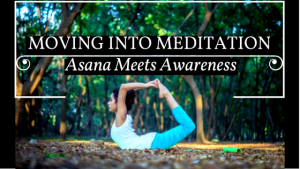
What is a moving meditation and what’s in it for you?
A physical practice with the gaze turned inward makes a moving meditation. Even making your bed can be a moving meditation when done with complete awareness and presence.
Asanas are a means to the meditative state, and there is movement not only while transitioning into and out of a pose, but also within the pose as you hold still. No wonder Asanas are a great context for moving meditations.
With awareness as your flashlight, you experience each Asana beyond its magazine-cover version, beyond its ego-serving uses, beyond the ‘mat race’ of ‘getting’ the pose better than your neighbour, beyond your preconceived notions of what it ‘should’ feel like, and beyond the laundry list of benefits you expect from it. Where all the non-physical elements and unforeseen gifts of the practice raise their hands one by one. For you to acknowledge at your own pace – and peace. And that’s when you know you’ve had your Asana practice and your meditation too. Much like having your cake and eating it too, except for the health benefits and the kind of icing you couldn’t have pre-decided or dictated into existence.
More to Asana than Meets the Eye
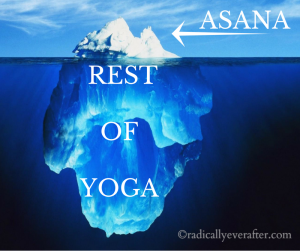
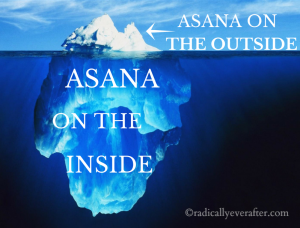
Asana is only one of the 8 limbs of Yoga in Patanjali’s Yoga Sutras. But even the Asana as seen on the outside is only the most overt aspect of the Asana. The tip of its own iceberg as it were. And the unseen part of it is where most of the action is. The way a pose feels is far more important than how it looks.
With closed eyes and an open mind, observe the goings-on inside. The heartbeat, any pulsing sensations, mental/physical resistance, the sound of Ujjayi breaths, any fears or limiting beliefs holding you back, the way the feet/hands interact with the earth, the dance of the breath as it looks for an even rhythm to rest at, the gaps between thoughts growing wider, the stories spun by your mind and its own impulse to then judge those stories, and any other details that show up as you pay attention. Every detail walks you closer to that still calm centre inside. To the interested practitioner, every Asana is a field of investigation and a doorway to self-inquiry.
Why Meditate At All?
One of my Yoga teachers used the analogy of coins in a piggy bank to describe how experiences of pure awareness add up and build your reserve of inner peace. Making you less and less susceptible to daily stressors of all shapes and sizes.
Drop one more coin into the piggy bank of your inner peace everyday. And watch yourself get more and more skilled at what Thoreau so eloquently described as the highest of arts – To affect the quality of the day.
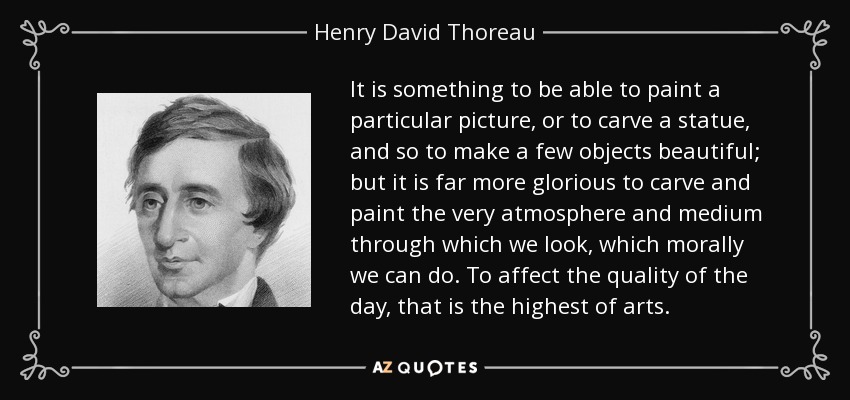
I hope I’ve managed to move you enough into experiencing a moving meditation for yourself, through Asana or whatsoever floats your boat. In the coming weeks, I will be sharing my experiences with various other kinds of meditation and resources you can use as well. Do hit the follow button and let me know your thoughts and questions in the comments 🙂
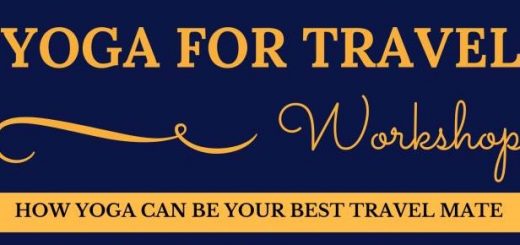

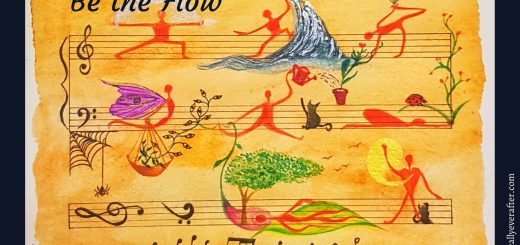


It is very helpful. I have just started doing meditation and this post made me feel more motivated.
Really glad to hear that Isha! Sorry somehow missed your comment earlier!
Can stay in remote villages, like Netala, Kalap, for a long time and practice meditation? If so, please tell me what I need to do for accommodation and food? I have less money reserves so I don’t think I can afford to stay in any ashrams.